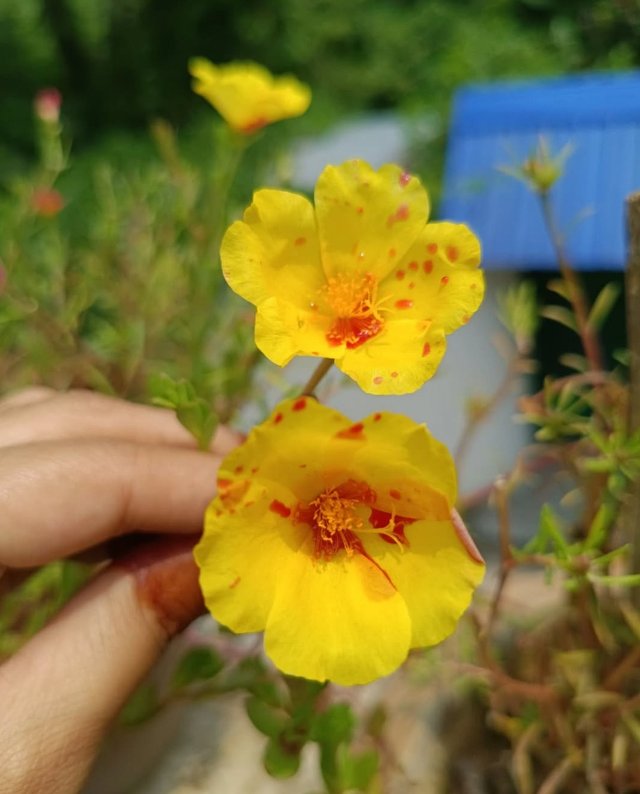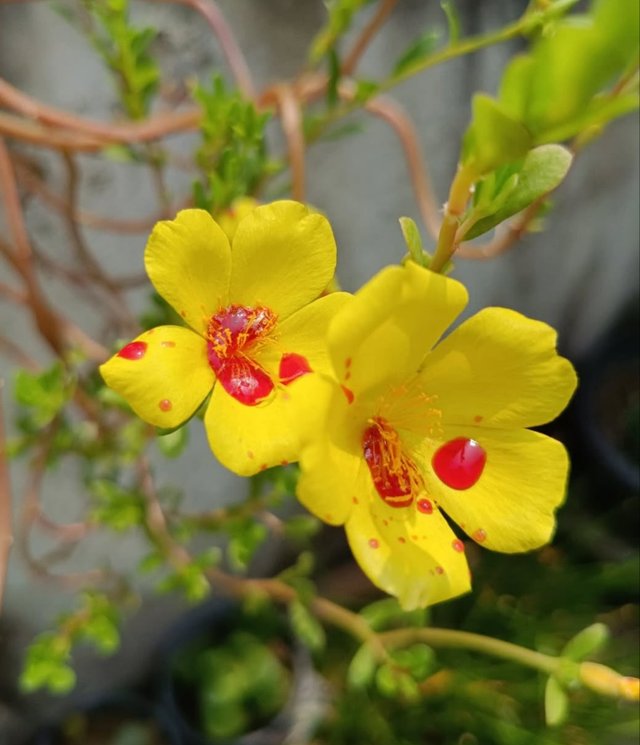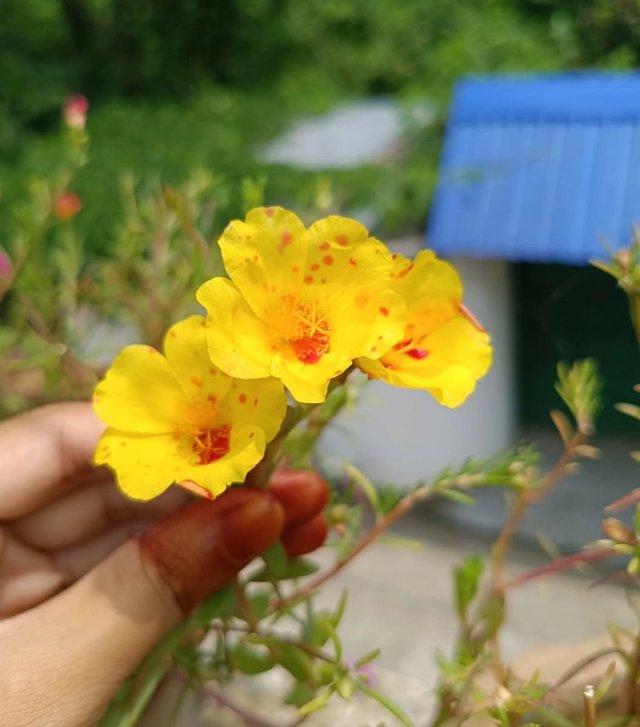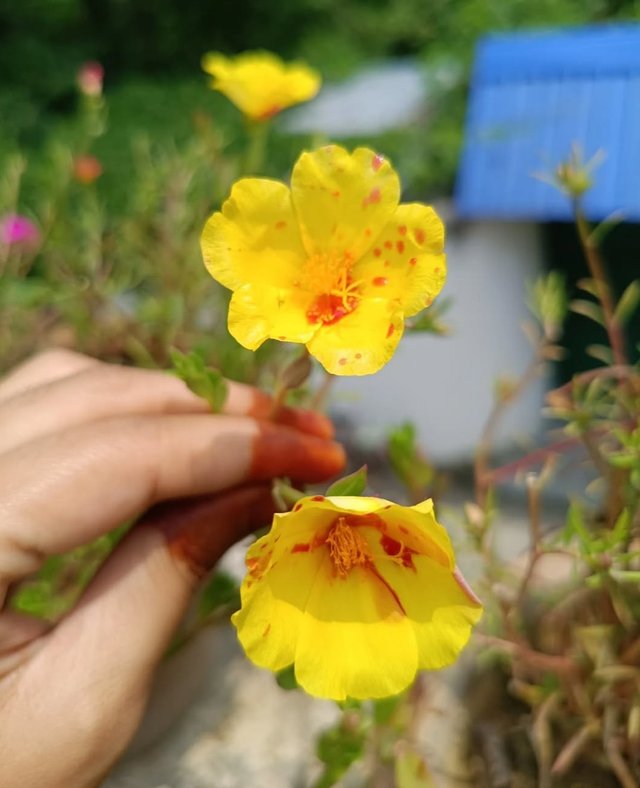Yellow Colour Sunrose Flower
Sunrose: A Colorful, Low-Maintenance Gem for Gardens
The sunrose, scientifically known as Portulaca umbraticola, is a charming and hardy flowering plant that has become a favorite among gardeners for its vivid blooms, drought tolerance, and ability to thrive in even the hottest, sunniest locations. Sometimes referred to as wingpod purslane or trailing purslane, sunrose is part of the Portulacaceae family, which also includes the popular moss rose . Its cheerful appearance and easy care make it an excellent choice for both beginner and seasoned gardeners.
Origin and Characteristics
Native to South America, sunrose has adapted to a wide range of climates, making it a versatile ornamental plant. It is a low-growing, spreading succulent with fleshy, green leaves that store water, giving the plant its remarkable drought resistance. The stems are slightly trailing or creeping, making sunrose perfect for hanging baskets, borders, rock gardens, or as a groundcover.
The flowers are the main attraction—brilliantly colored in shades of yellow, orange, pink, red, and white. They have a simple yet elegant five-petal structure, often forming a carpet of color when planted en masse. Most varieties bloom from late spring through fall, opening their flowers in bright sunlight and closing them during cloudy weather or at night.
Sun and Soil Requirements
As its name suggests, sunrose loves full sun. At least 6–8 hours of direct sunlight per day is essential for vibrant blooms. It prefers sandy, well-drained soil and does not tolerate waterlogged conditions. Adding a bit of gravel or sand to the planting area can improve drainage.
Because of its succulent nature, sunrose is highly drought-tolerant once established. Overwatering can harm the plant, so it is better to let the soil dry out between waterings.
Planting and Care
Sunrose can be grown from seeds, cuttings, or nursery transplants. When sowing seeds, lightly press them into the soil without covering them, as they need light to germinate. Space plants about 6–12 inches apart to allow for spreading.
Fertilizer needs are minimal. A light feeding with a balanced, slow-release fertilizer in spring can encourage healthy growth and flowering, but excessive fertilization can lead to more foliage at the expense of flowers. Deadheading is generally not necessary, as the plant self-cleans well.
Thanks For Reading
Device Information
| Device | Redmi Note 10 Pro |
|---|---|
| Lens | 64 mp |
| Location | Bangladesh |




